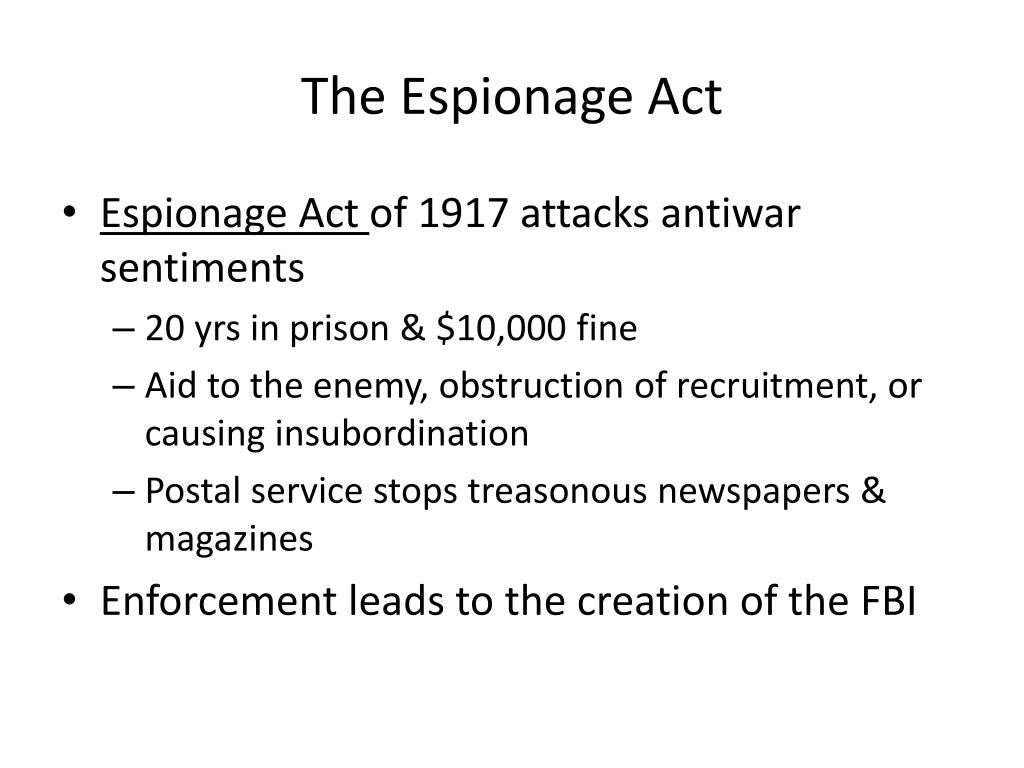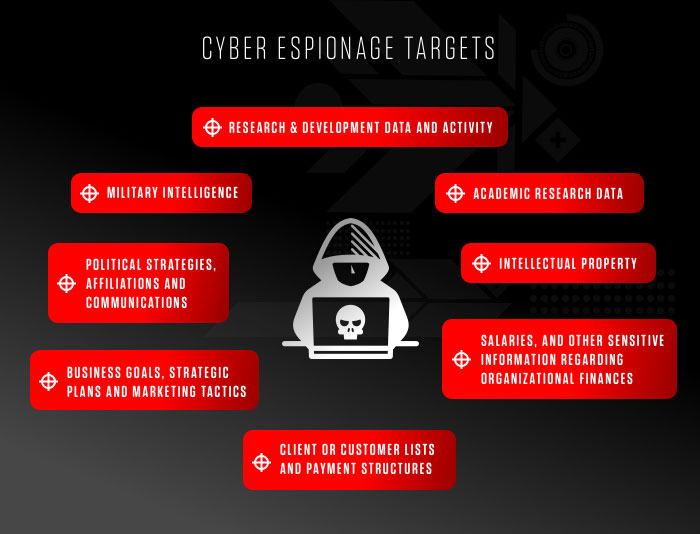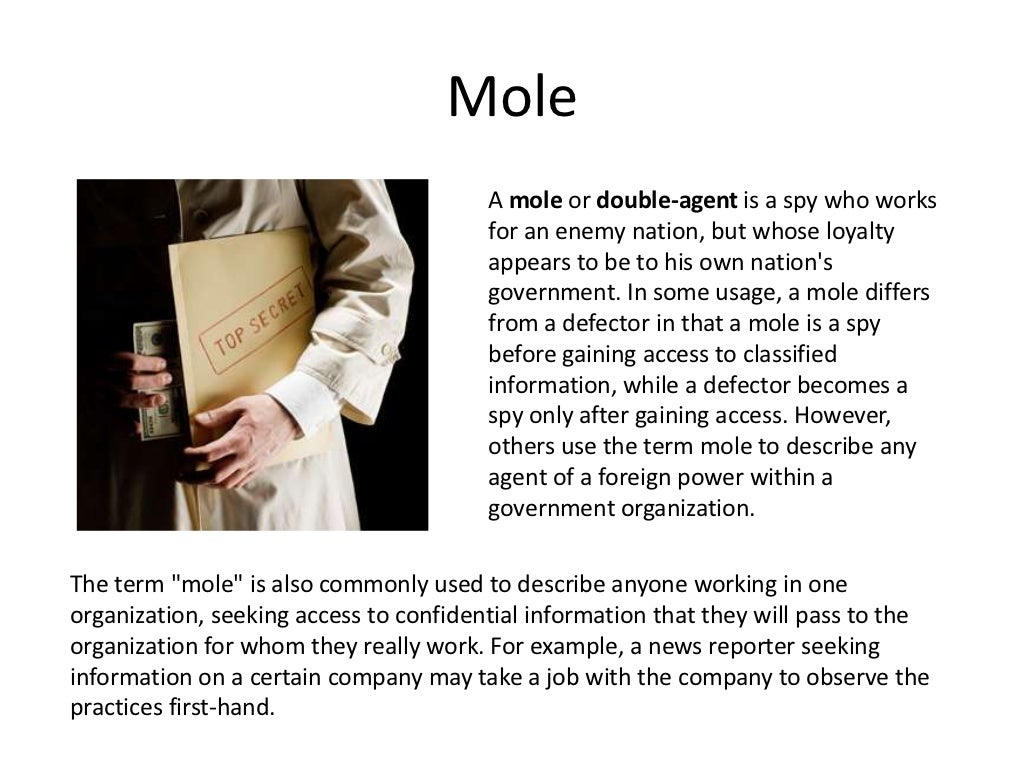


This includes encryption and immutable and isolated data copies. Storage security - IBM FlashSystem® delivers rock solid data resilience with numerous safeguards.Disaster recovery/business continuity planning - Tools and procedures for responding to unplanned events, such as natural disasters, power outages, or cybersecurity incidents, with minimal disruption to key operations.For example, users can be trained to delete suspicious email attachments, avoid using unknown USB devices, etc. End-user education - Building security awareness across the organization to strengthen endpoint security.Information security - Data protection measures, such as the General Data Protection Regulation or GDPR, that secure your most sensitive data from unauthorized access, exposure, or theft.Cloud security - Specifically, true confidential computing that encrypts cloud data at rest (in storage), in motion (as it travels to, from and within the cloud) and in use (during processing) to support customer privacy, business requirements and regulatory compliance standards.Security should be built into applications at the design stage, with considerations for how data is handled, user authentication, etc. Application security - Processes that help protect applications operating on-premises and in the cloud.Network security - Security measures for protecting a computer network from intruders, including both wired and wireless (Wi-Fi) connections.Department of Homeland Security (DHS) provides additional guidance. The National Institute of Standards and Technology (NIST) has created a cybersecurity framework to help organizations in this area, while the U.S. Critical infrastructure security - Practices for protecting the computer systems, networks, and other assets that society relies upon for national security, economic health, and/or public safety.

But organizations with a comprehensive cybersecurity strategy, governed by best practices and automated using advanced analytics, artificial intelligence (AI) and machine learning, can fight cyberthreats more effectively and reduce the lifecycle and impact of breaches when they occur.Ī strong cybersecurity strategy has layers of protection to defend against cyber crime, including cyber attacks that attempt to access, change, or destroy data extort money from users or the organization or aim to disrupt normal business operations. Security system complexity, created by disparate technologies and a lack of in-house expertise, can amplify these costs. Compromised PII often leads to a loss of customer trust, the imposition of regulatory fines, and even legal action. Cybercriminals target customers’ personally identifiable information (PII) - names, addresses, national identification numbers (e.g., Social Security number in the US, fiscal codes in Italy), and credit card information - and then sell these records in underground digital marketplaces. These costs include the expenses of discovering and responding to the breach, the cost of downtime and lost revenue, and the long-term reputational damage to a business and its brand. In 2020, the average cost of a data breach was USD 3.86 million globally, and USD 8.64 million in the United States. Also known as information technology (IT) security, cybersecurity measures are designed to combat threats against networked systems and applications, whether those threats originate from inside or outside of an organization. Cybersecurity is the practice of protecting critical systems and sensitive information from digital attacks.


 0 kommentar(er)
0 kommentar(er)
